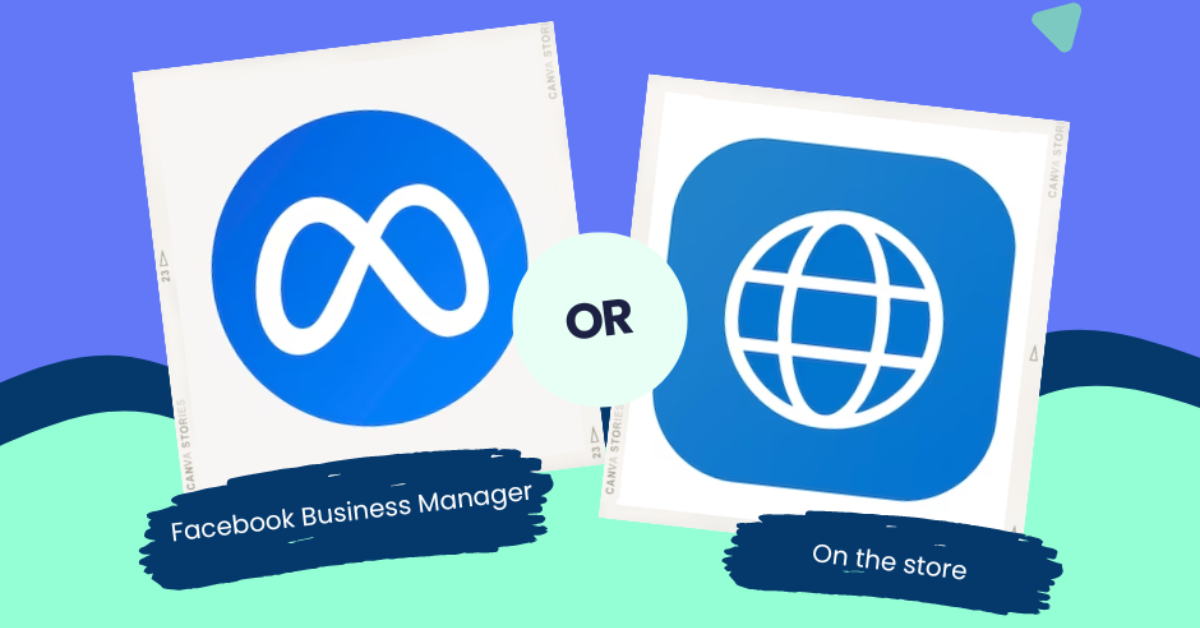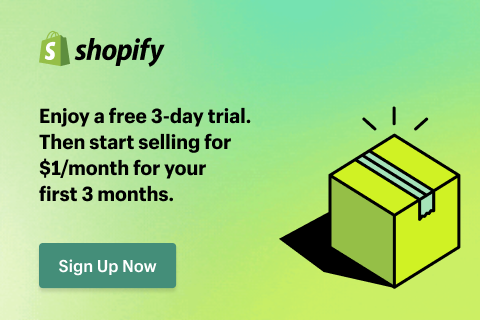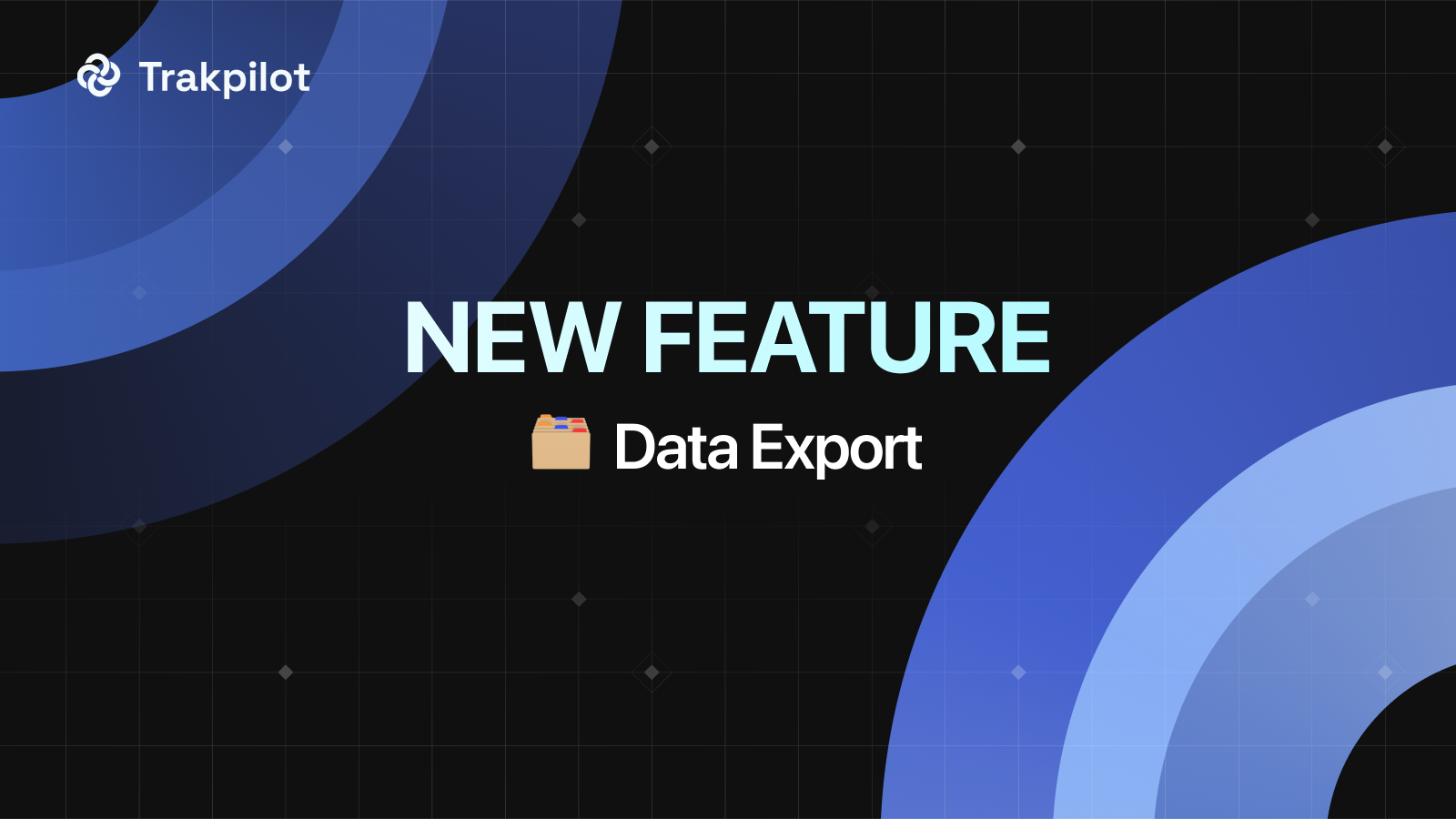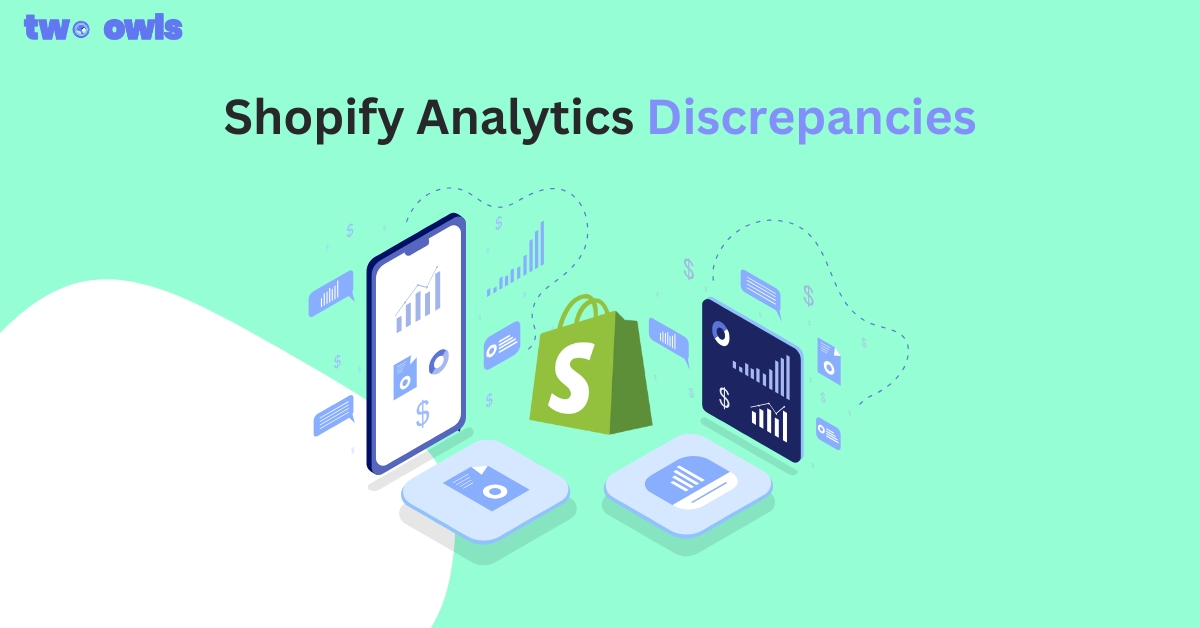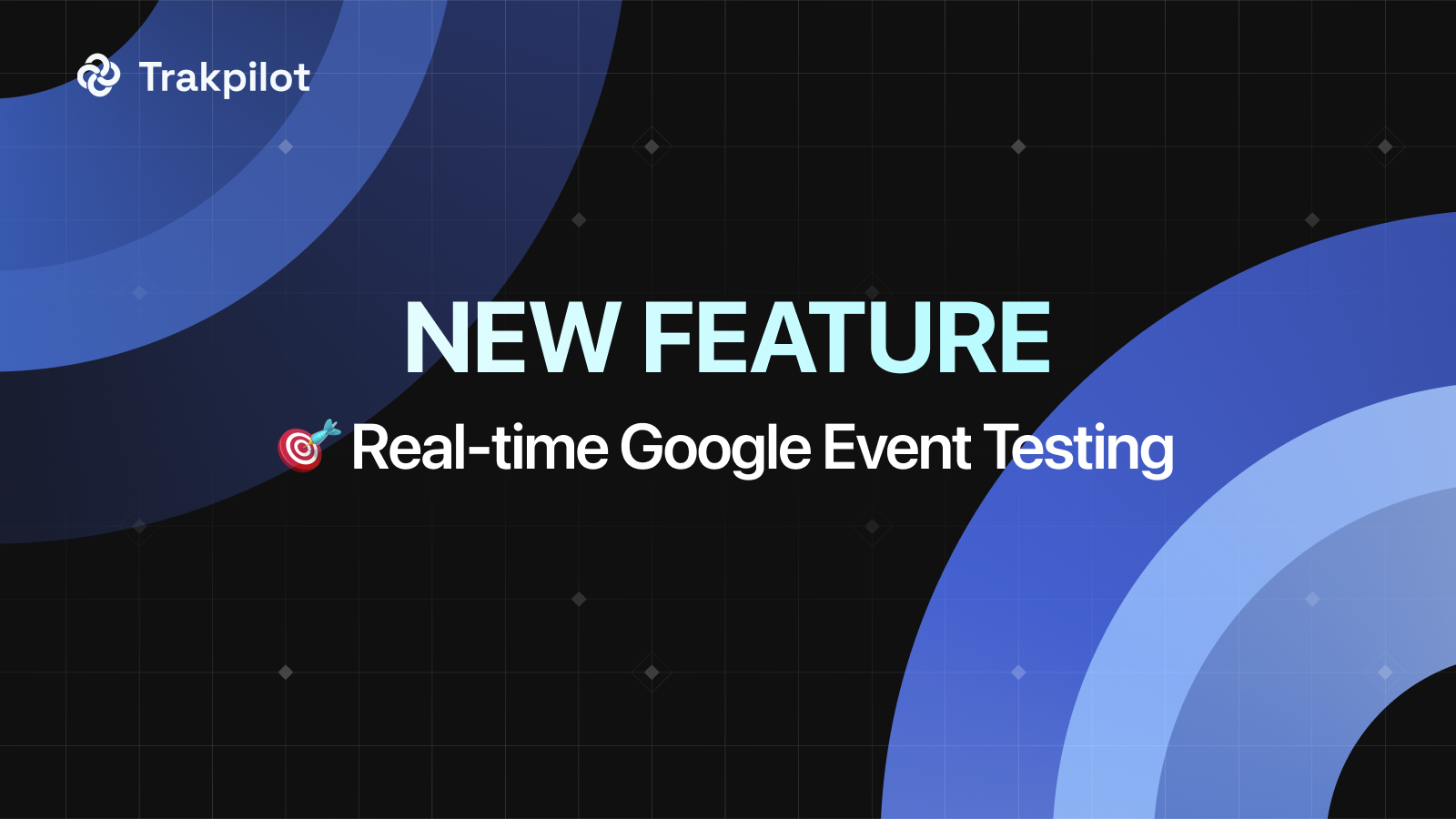Complete Blueprint: Leverage Facebook Pixel Data To Get Faster Money
Finding your first customer when you have nothing to prove could feel like finding a needle in a haystack. 😀
Your product is to be tested, your site is not optimized, there is no traffic to learn from, and no sales to start with.
How could you use Facebook to find your needle, without burning the ground?
Having worked with thousands of merchants feeling lost, we’ve seen the good, the bad and the costly when it comes to running Facebook Ads. Trust us, you don’t want to embark on an unknown journey.
So, let us show you the ropes from getting your first campaign go live, to scaling to the moon. It all starts with a tiny thing: a pixel.
Facebook Pixel 101
What is a Facebook Pixel?
It’s a piece of code put on your Store to track your ad performance.
Imagine you sell snacks and you need to distribute them to a bunch of convenience stores in town.
An analogy of Facebook Pixels
Your ad creatives = the snack packaging.
The Facebook Pixel = the camera and POS system that tells if people look at your snack, pick it up, put it down to the cart, buy, or just return it to the shelf.
This is so Facebook can learn if your campaigns turn into sales, whether this audience is a good fit, and whether the packaging is good enough.
What for?
If you’re not obsessed with getting more results for less cost, your competitors are. If you plan to turn your tiny dropshipping/POD store into a big brand, you better start with excellent tracking and optimization.
Keywords: Get more return on your ad spend, faster, and no silly spending.
How to install a Facebook Pixel
Manually install Facebook Pixel with codes
Now that we agree that pixel means faster chance to make money, and less wasted money. Here’s how to install one:
- Create the pixel in Event Manager
- Copy the code and paste it the the header (this only track pageviews)
- Create code to track different action (like add to cart, checkout or purchase)
- Activate the code
This is only if you have developer resources. But know that it’s painful. If you are a one-man business don’t even go there without coding knowledge, it’ll cost you both time and result in broken tracking.
Your second option: Facebook Channel by Shopify
It’s an easier way, built-in and used by most merchants. It’s free and a great place to start.
- Just go to Shopify App Store
- Find Meta (previously known as Facebook Channel)
- Install and connect the pixel you want
Note that the events will be shipped to Facebook with a bit of delay so prepare to be patient.
If your store uses custom apps like discount or upsells, chances are your ATC or Initiate Checkout event might not work right out of the box. In that case, contact for support because you can’t afford to lose valuable events.
Advanced Option: Use Two Owls Pixel to enhances tracking accuracy faster than your competitors
You’ve probably heard of the Apple ATT ax that flipped the world of advertisers upside down.
Or probably you haven’t. That’s alright.
It’s just that Facebook will be less effective in telling you who bought your product from the ads, and who doesn't.
In other words, your Pixel is blindfolded. More chances to, uhm, waste money (statistically so!)
So, as a merchant, what do you do to prevent the bleed?
Find some secret agent who can effectively give Facebook more data to work with, so you’ll be targeting the most relevant customers. And scale accurately. Even in tough times.
In an ideal world, that’s a good plan. But in a real world, here’s what you need:
A tool that will help you track everything so that no data is left on the table.
This is where Two Owls - Omega Pixels comes in. We’re not going to ramp about our product, but here’s a summary of why advanced advertisers use it from the get-go:
- Cover 99.99% of what Facebook Pixel misses, with server-side Conversion API
- Track everything with Great Event Match Quality (give Facebook more clues to understand exactly who buys)
- Save hours of manually stitching data from Shopify to Facebook (because even with CAPI, facebook is still in the age of Delay. The trick here is to have a real-time report with UTM).
🙏Get your tracking worth it before you test or scale anything. Duh!
Here’s a detailed explanation of Conversion API if you want a look.
Now that you’ve got your tracking in place, let’s move on to the most anticipated and expensive part:
Set up your very first test Facebook Ads Campaigns
I’ll assume you got all your Business Manager, Ad Account, Fanpage and Pixel setup. If else, this is a great guide.
Define your Campaign Objectives
Sales campaign - the go-to Objective for e-commerce brands
Especially so, when you’re starting out. First, you need money. Second, it’ll give Facebook the very first sense of where to push more of your ads to. Finally, Facebook is smart enough to find you relevant customers.
With that in mind, here’s the type of creatives you most likely to produce:
Direct offers: Showcase the product in the best possible light, include product reviews with enticing copies that make people want to click.
Expanding your funnel with a lead magnet campaign
You might also want to take a look at a lead magnet campaign where you offer some free stuff to get people in the door.
If your product is high-end or needs a lot of education, this is a great way to start convincing people. Lower the barrier, gain some traction, and you can definitely retarget them later on. As long as you stay within budget.
And that leads us to the campaign structure of your ad account.
The ad account campaign structure you need to care about
We’ll have to admit that the competition is ever more competitive. Jumping into the advertising ocean without first knowing what you’re aiming for could be a recipe for disaster.
This is how the wise do it: Prospecting, Retargeting. And always put aside a little bit of budget to test. Get this right and the rest will follow.
That’s why you need to design your ad account like designing your house. At least have these 3 campaigns:
Prospecting
First, prospecting: where you’ll mostly present direct offers. Remember to test different interests under different ad sets. You can always test the lookalike audience here.
Retargeting
Then retargeting: make it a natural re-engagement process. You don’t want to let go of all the hard-earned traffic. People don’t convert on the first impression and that’s okay.
In fact, retargeting proves to be one of the best strategies for ecommerce brands with a rise in ROAS and a decrease in CPA.
Always-on content feed
You want to do this with a small portion of a high potential audience. Create multiple creatives within your campaigns to showcase different angles to your brand. This way, you’ll avoid ad fatigue, and get that pool of prospects to feel a sense of familiarity at the same time.
In other words, this is your evergreen campaign.
Set your budget wisely
Let’s be clear on 2 important terms:
Campaign Budget Optimization (CBO)
If you’re still testing audiences and creatives, you’ll want to set the budget at the campaign level. This way, Facebook will decide to pour money into whichever more profitable ad sets based on its algo, which is way better than your good-old assumptions when starting out.
Ad Sets Budget Optimization (CBO)
When you want to control the budget for a specific ad set, e.g. you’ve found a winning audience, or you want to purposefully test something, which needs a decent budget to start with. CBO will tell Facebook to spend exactly what you specify on the ad sets.
🤑Remember, don’t spend above your break-even point. Know how low you can go.
>>> Learn More: Facebook Ad Budget Guide and Calculator
Target audience based on great data. Always.
You hate to hear this but your targeting could always be better.
Targeting too detailed? It might lead to over controlling the algo which is not good.
Jumping on the “going broad” trend? You don’t have the money to target the world.
That’s why we need to narrow your target down to an appropriate number in the beautiful middle.
3 types of audiences to target
Detailed Targeting
Within detailed targeting, you can select from three different audience categories:
- Demographics
- Interests
- Behaviors
Lookalike audience targeting
It works the way it sounds. If you’ve got some audience that bought from you, wouldn’t you want to find similar people like them?
Keyword here: relevant.
To get a lookalike audience, you’ll first need to create a custom audience to replicate from. You’ll most likely be able to do this with a healthy pixel that can track people’s action on your site.
Create a custom audience of your purchaser, and then create a lookalike from them. You can go for 0%-1% Lookalike (those most resemble your seed audience)
Custom audience
This is to hand down the gold mines of retargeting activities. Keep this audience growing by pumping more money to your prospecting campaign, while having a decent Pixel that can help you know which audience interacted.
Besides online website activity, don’t forget to make use of all your offline data, such as a list of those who buy in store, or an email list you’ve gained previously.
Create your Facebook Ad. Make them stop. A/B test and scale.
Without “creative creatives”, prepare for your ads to go nowhere. You have to have the power to stop people's thumbs within less than a second.
So invest in several well-thought-out content from the get-go, test them within an ad set (CBO), and place the winning one within a prospecting campaign.
Remember, visuals are equally important as text content, if not more.
Frequently asked questions
What are the most important Facebook Ads metrics to look at?
CPM, CTR, Link Clicks, CR, Purchases, ROAS
How much does it cost to run a Facebook ad campaign?
Though there will be no absolute figure, we can give you an idea:
The average cost-per-click is $0.5-$3.5, while the CPM is around $15.
But rest assured, even 20$ a day can trigger your flywheel.
What is the budget structure for different types of campaigns?
According to the word of the wise, you should spend 60 -70% of your budget to a detailed, but broad prospecting audience, 20-25% to retargeting and around 5% for constant A/B tests.
How does a Facebook Pixel help speed up the Learning phase?
By capturing more conversions thru server-side tracking, your pixel data will compile faster, which speeds up your learning phase.
But let’s face it, there’s an elephant in the room. Most small stores with never-tested product ideas and zero ranking domains will likely have a budget below 5k a month.
That means you’ll have less data than the giant brand, no matter what. Lower impression 🤷This is why it’s getting even more crucial to ensure you lose no available data - the lowest hanging fruits.
How to Install Twitter Pixel: Every Method You Should Know
What are Facebook Pixel Events? What to Track with Them?
Set Up TikTok Pixel on Shopify Easily: No Coding Skills Needed
How to Set Up TikTok Pixel for Perfectly Accurate Tracking
